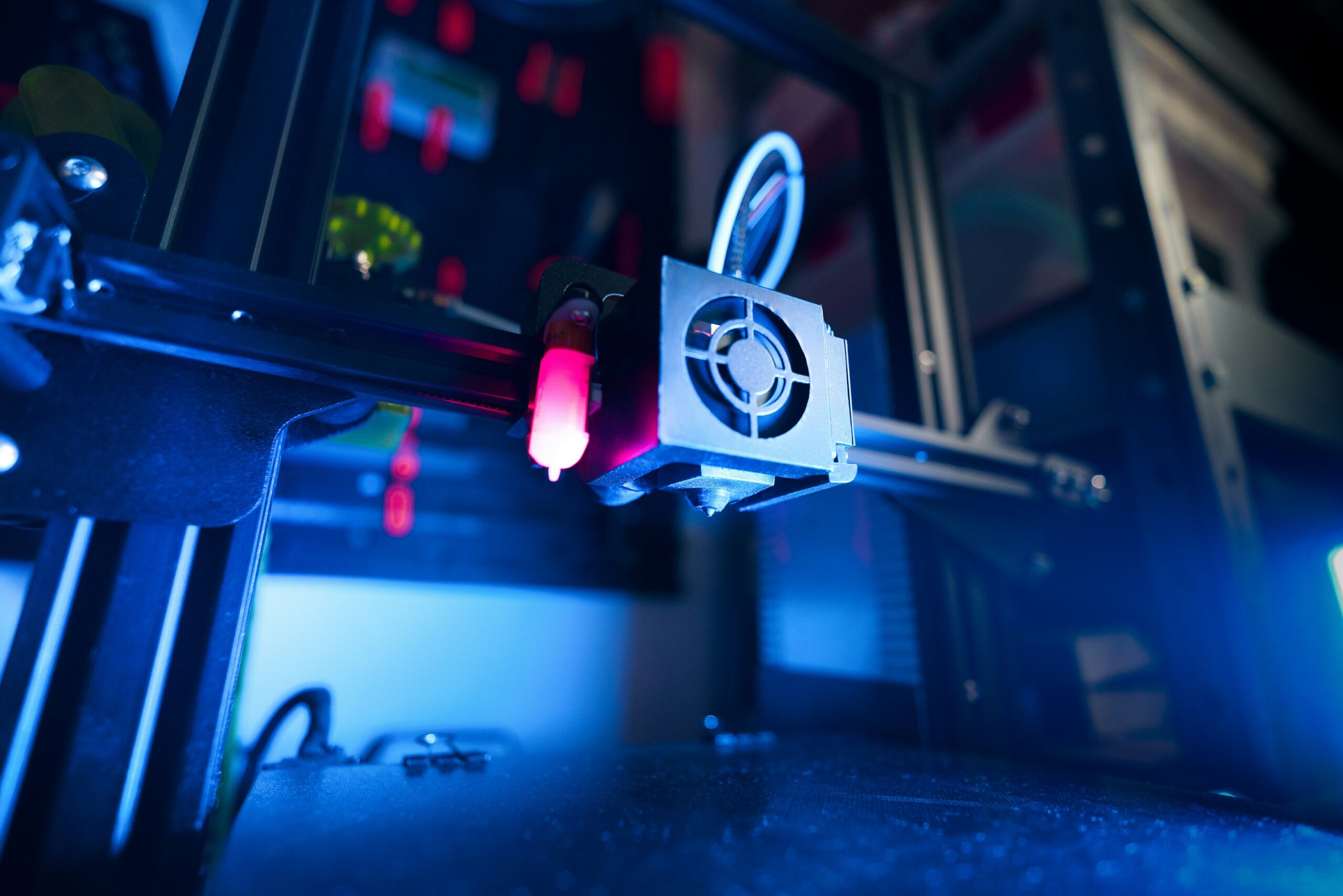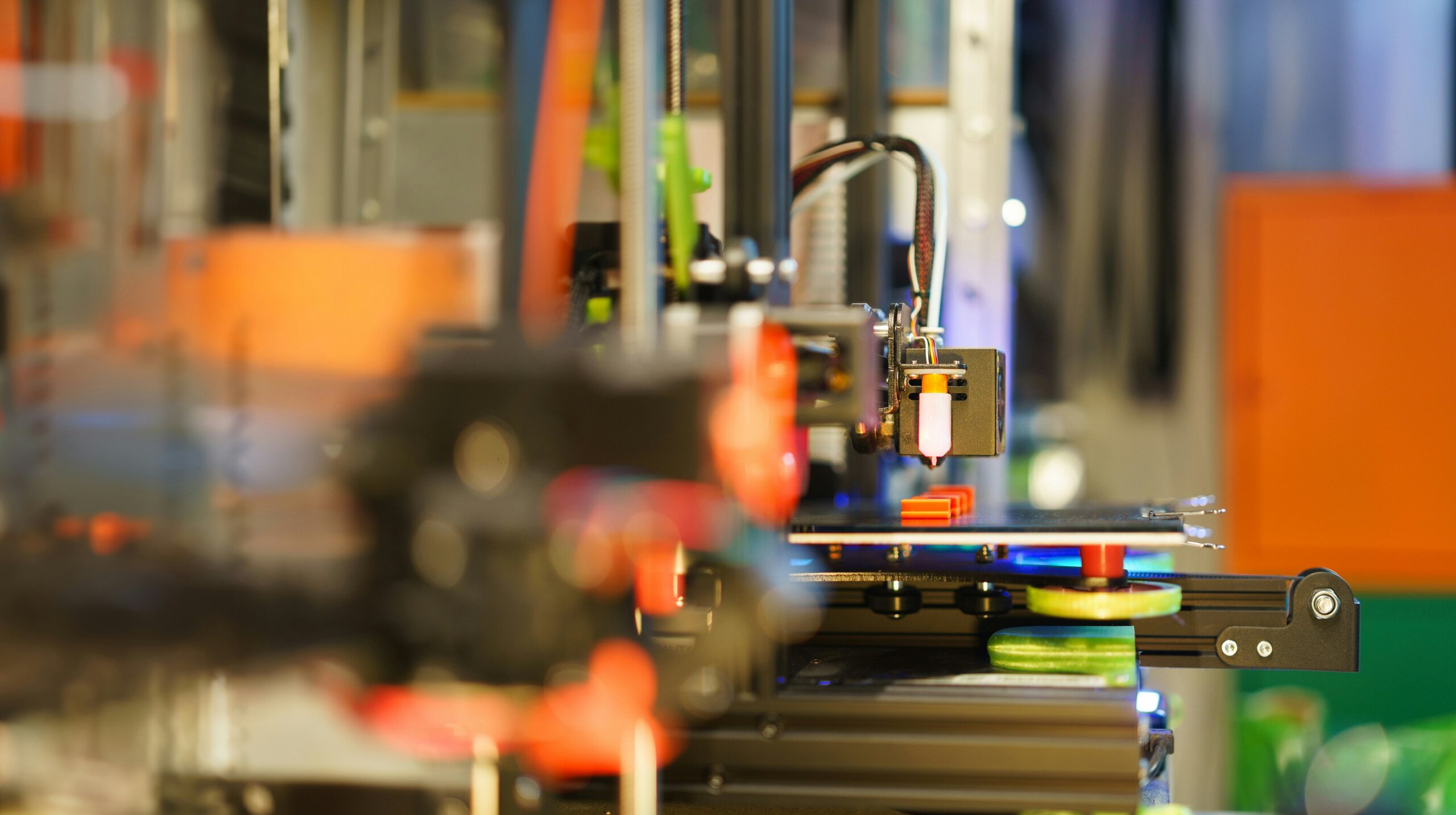
How advanced 3D printing complements Plastic Injection Moulding in Australia
Blog
How advanced 3D printing complements Plastic Injection Moulding in Australia
Plastic injection moulding has long been a staple of Australian manufacturing. This process involves melting plastic pellets and injecting the molten plastic into a mould to form a variety of plastic products. While injection moulding produces high volumes quickly and cost-effectively, the mould tooling is expensive and requires long lead times. This makes plastic injection moulding better suited for large production runs or mass production.
In recent years, advanced 3D printing technology has emerged as an exciting complement to injection moulding, helping manufacturers adapt to changing markets and requirements. Often referred to as additive manufacturing, 3D printing builds objects layer-by-layer from digital files. As 3D printing has become faster and more affordable, it has created new opportunities for Australian manufacturers.
The benefits of using 3D printing and plastic injection moulding
For manufacturing, integrating 3D printing into the injection moulding process creates a complementary relationship that leverages the unique strengths of each technology. The main focus is to articulate the product in its physical form, with 3D printing, early on in the manufacturing process.
This innovative combination generates significant benefits across the product development lifecycle:
1. Faster and more affordable prototyping
3D printing accolades injection moulding by creating detailed prototypes in hours or days at a lower cost. This allows designers to quickly iterate and test concepts before investing in injection moulding tooling, which can be expensive and time-consuming. 3D printing accelerates the prototyping phase, while injection moulding remains the preferred method for large-scale production.
The agile approach that 3D printing allows, is to gather feedback, make improvements, and finalise the design before transitioning to injection moulding for manufacturing.
2. Short-run production
Injection moulding is ideal for large production volumes due to its low per-part cost. However, for short production runs, 3D printing complements injection moulding by cost-effectively producing small batches from 10 to 10,000 parts. This flexibility allows manufacturers to meet diverse production needs.
3. Design freedom and complexity
While injection moulding has certain design constraints, 3D printing complements it by enabling more organic and complex geometries. This design freedom allows for the creation of unique, customised parts that can be later mass-produced using injection moulding.
An Australian dental company leveraged 3D printing to make customisable mouthguards with intricate designs perfectly fitted to each athlete’s teeth. The 3D printed prototypes were then used to create injection moulds for large-scale production, combining the benefits of both technologies.
4. Lightweighting and part consolidation
3D printing complements injection moulding by producing optimised shapes and lightweight structures. Designers can create 3D printed prototypes with lattice structures and consolidated parts, which can then be adapted for injection moulding. This approach combines the design freedom of 3D printing with the mass production capabilities of injection moulding.
RMIT University produced a 3D printed UAV (unmanned aerial vehicle) prototype with lattice wings that were 40% lighter than the original. The team consolidated 70 separate components into just 3 parts. These optimised designs were then modified for injection moulding, reducing overall manufacturing time and cost.
5. On-demand production
3D printing adds value to injection moulding by enabling on-demand manufacturing for spare parts and remote locations. While injection moulding is used for large-scale production, 3D printing can quickly produce parts when and where they are needed, reducing inventory and lead times.
An Australian mining company uses industrial 3D printers to make spare parts at their worksites, complementing their injection moulded components. This hybrid approach improves efficiency and prevents costly shutdowns.
6. Customised and personalised products
3D printing claims injection moulding by making it practical and affordable to create personalised and customised product prototypes. These unique designs can then be adapted for mass production using injection moulding, offering the best of both worlds – customisation and scalability.
An Australian dental lab combines 3D scanning, 3D printing, and injection moulding to create custom mouthguards tailored to each client. 3D printing is used for prototyping and refining the design, while injection moulding is employed for the final production, ensuring a perfect fit and an efficient manufacturing process.

Complementary applications in manufacturing
Australian manufacturers are finding innovative ways to combine 3D printing and injection moulding to improve production processes. Here are some of the most common applications where 3D printing complements injection moulding:
1. Prototyping of moulds and parts
3D printing is used to prototype injection moulds and parts, alongside the precision tooling required for injection moulding. This approach ensures moulds function correctly before metal machining occurs and allows for design refinements prior to large-scale production.
2. Manufacturing mould inserts
Certain 3D printers can produce metal parts suitable as injection moulding inserts for short-run production. This traditional injection moulding by avoiding the cost of CNC machining for small batches. The 3D printed inserts can be replaced with machined inserts for higher volume production, offering a seamless transition.
3. Manufacturing end-use parts
Industrial 3D printers can directly manufacture short-run end products out of production-grade thermoplastics, complementing injection moulding for low-volume runs. The 3D printed parts meet required mechanical properties and avoid the need for a separate moulding step, while injection moulding is used for larger production volumes.
4. Mould modifications
Engineers use 3D printing to quickly modify and optimise injection moulds, and the traditional tooling process. Adding conformal cooling channels through 3D printing improves cycle times, while simple tooling adjustments can be printed rather than machined, saving time and cost.
5. Jigs, fixtures and assembly tools
3D printing produces custom jigs, fixtures, and assembly tools to streamline manufacturing processes, along with the injection moulding workflow. Australian firms print custom tools tailored to specific parts, processes, or employees, enhancing efficiency and ergonomics on the production floor.
6. Spare and replacement parts
3D printing injection moulding by reproducing obsolete or broken parts on-demand. This can tide manufacturers over until replacement parts are received or moulds are repaired, minimising downtime and ensuring continuous production.
Key 3D printing technologies for plastic injection moulding
Several 3D printing technologies are well-suited and enhancing injection moulding:
Fused deposition modelling (fdm)
FDM printers build parts by heating and extruding thermoplastics layer-by-layer. The same materials used for injection moulding, like ABS, can be printed. FDM offers an affordable option for concept models, form/fit testing, and some end-use parts.
Stereolithography (sla)
These 3D printers use a UV laser to selectively cure liquid plastic resin into solid objects. SLA produces highly detailed parts perfect for precision prototyping. The smooth surface finish enables great visualisation of designs.
Selective laser sintering (sls)
SLS uses a laser to fuse powdered material into 3D objects. A wide range of injection moulding plastics are available, like nylon, which allows functional prototypes and end-use parts. Excess powder provides support during printing.
Multi jet fusion (mjf)
MJF printers jet an fusing agent onto nylon powder then uses heat to bind the material. MJF combines excellent resolution, dimensional accuracy, and isotropic properties needed for injection moulding applications.
Direct metal printing
Some 3D printers can output metal tools and parts ready for the production line. Lightweight conformal cooling channels can be printed into tooling. Strong metal end parts are also possible.
Key benefits for Australian manufacturers
The strategic adoption of 3D printing brings significant advantages to Australian manufacturers:
- Agility – Respond quickly to changing customer requirements through fast turnaround of prototypes and design iterations.
- Efficiency – Optimise injection moulding production by 3D printing tooling improvements, jigs and fixtures.
- Short Runs – Utilise 3D printing’s low volume production capabilities for niche applications.
- Personalisation – Offer customised and personalised injection moulded products matched to individual needs.
- Speed – Accelerate time-to-market by prototyping and testing designs earlier in the development cycle.
- Cost Reduction – Lower prototyping costs and reduce inventoried spare parts through on-demand 3D printing.
- Resilience – Bring production in-house with 3D printing to reduce offshore dependencies and supply chain disruptions.
Conclusion
The strategic integration of 3D printing into the plastic injection moulding workflow is enabling Australian manufacturers to thrive in a rapidly changing, highly competitive global marketplace. Combining the strengths of each process allows companies to cost-effectively produce highly complex, personalised products in both short-run and high-volume applications. With thoughtful implementation, manufacturers can leverage 3D printing and injection moulding to deliver agile, efficient, and innovative solutions that meet customers’ evolving needs. The power of these technologies will be key to the future resilience and leadership of Australian manufacturing.
Book your free consultation
Give us a call to book your free consultation and learn how much value can be added to your business with SDI Plastics by your side.